Content:
The lawn gives the suburban area a noble look. The green island relieves eye fatigue, cheers up, improves the quality of the air. It is sometimes difficult for a summer resident to decide which grass is better to sow for a lawn, a huge assortment makes it difficult to choose.
What is lawn and lawn mixes
A lawn is an area sown with one or more types of grass. The choice of plants for planting depends on a number of factors, the main one being the purpose of the coating:
- parterre, giving a ceremonial look to the country house;
- garden, an element of decoration of a summer cottage;
- meadow, for the improvement of vast territories;
- Moorish, blooming;
- sports.
They also grow shady lawns for poorly lit areas and non-grassy ones, from ground cover plants that give a special charm to the site. Which lawn is better to plant in the country is determined by its purpose; garden is optimal for summer cottages.
On garden lawns, a mixture of several types of grasses is planted that do not compete with growth, but compensate for mutual disadvantages. The most common cereals are bluegrass, fescue, bent grass, timothy grass, comb, ryegrass. There are more than 500 species and varieties of them, which lawn is better to choose for a summer residence, is decided taking into account the local climatic and weather conditions, the purpose of the lawn, the characteristics of the plants.
Lawn varieties and their characteristics
Lawn plants are classified according to various criteria, in particular, the height and speed of growth of shoots, the structure of the root system and the aerial part. Universal grains:
Red fescue
Loose shrub perennial, leaves are narrow, dark. The growth rate is moderate. Resistant to drought, frost, smoke, gases. Shade tolerant. Height is from 20 to 70 cm. It oppresses weeds, retains its green color during prolonged drought, and is not picky about the soil.
Sheep fescue
Shrub perennial with hard leaves of a bluish tint. It rises quickly, grows slowly. Average height of shoots is 30-60 cm. Drought and frost resistant. The hummocky-bush form does not drown out weeds.
Pole grass
Perennial herb with a short rhizome. It bushes well from the first year with slow growth. The foliage is thin, light green, reaching a height of 10-12 cm. It is resistant to waterlogging, does not require frequent mowing.
Disadvantages - negatively relates to drought, suppresses nearby grasses, short growing season.
White bent
Loose shrub perennial up to 1.1 m high. Leaves are light green in color, rough. Moisture-loving, prefers light soil, tolerates acidity. Patient for trampling and low mowing.
Disadvantages - non-competitive, prone to freezing.
Meadow bluegrass
Loose shrub perennial with slow germination and growth. Height up to 90 cm, leaves are narrow, green, smooth or rough. Feels comfortable on poor rocky, acidic or saline soils.
Disadvantages - turns yellow in dry periods, does not like frequent haircuts.
Pasture ryegrass
Loose bush perennial cereal. The leaves are dark green, glossy. Covers the lawn completely by the end of the second week after sowing. Grows well on clay soils, suppresses weeds.
Disadvantages - low threshold of winter hardiness, does not tolerate frequent haircuts.
Creeping clover
Dense shrub perennial. Creeping shoots reach a length of 40 cm. It is undemanding to the mechanical and chemical composition of the soil, it is resistant to trampling, frequent mowing, and drought.
Lawn mix A cottage made from ryegrass, bluegrass, red fescue, bent grass - 2 varieties of each plant - suitable for a sunny lawn.
For partial shade, the ready-made mixture Old Park, made up of ryegrass, bluegrass, bent grass and four varieties of red fescue, is suitable.
For lazy or overly busy summer residents, herbs and mixtures that do not require constant careful care are suitable:
- meadow, Mauritanian mixture of wild cereals, legumes or flowering annuals;
- white or pink clover, undemanding to the composition of the soil, easy to maintain;
- non-grassy ground cover perennials. Subulate phlox and thyme are suitable for sunny places. Verbena, lilies of the valley are planted in the shade;
- ready-made lawn mixture Lilliput from slowly growing cereals - bluegrass, fescue, resistant to adverse conditions, mechanical stress.
Lawn Grass Agrotechnics
Grasses for growing on lawns are selected according to the similarity of agricultural technology: simultaneous planting, watering, feeding, cutting, the same preparation for winter.
Basic rules for planting and caring for a lawn
There is no hard time for sowing grass, you can sow from early spring to late autumn. The optimal time for gardeners is the end of summer: before the onset of winter, the seeds have time to germinate, form a strong root system. Another possible date for autumn sowing is on frozen ground.
The place for the lawn is pre-prepared - it is freed from large debris, stones and roots are selected. Ideally, the fertile soil layer is removed, drainage is laid out, and the soil is returned to its place. These works are performed a month before sowing or in the fall for spring planting.
Immediately before sowing, complex mineral fertilizers are applied, if necessary mixed with dolomite flour.
Sow the lawn in two steps, dividing the seeds in half: first they are scattered along the lawn, then across. They cover the crops with a rake and ram them with a garden roller. They cover the birds with a film or agrotex, you can add dry peat to the plot.
The need for oversowing the grass is determined 2-3 weeks after germination. This procedure is carried out very carefully: young grass is easily damaged if you step on it.
The first weeding is carried out when the differences between weeds and lawn grass are clearly visible. For work, a special tool is used - a root remover or a knife with a wide long blade.
The first time they mow the grass when it grows up to 8-10 cm. Then they cut it as it grows, but not more often than once a week.
A young lawn needs frequent watering from a watering can. After the first haircut, they proceed to sprinkling or hose irrigation. A mature lawn is watered once a week if it has not rained.
Airing is carried out at least once every two weeks.
Feed the grass on schedule:
- in early spring with nitrogen and phosphorus fertilizers;
- from the second half of spring to mid-June with urea or ammonium sulfate;
- once a month bring nitroammofosk;
- in the fall, use superphosphate and potassium sulfate.
You can use ready-made complexes designed specifically for lawns.
Preparing a lawn for winter consists of fertilizing, cutting above normal, removing dead parts, ventilating, sowing bald spots.
In the spring, re-cleaning is carried out, if necessary, the grass is sown.
Sowing lawn advantages and disadvantages
With the right choice of sowing grass and proper care, the lawn in two years will become an ideal decoration for a summer cottage or private household. Its advantages: low price of seeds, the possibility of optimal selection of the lawn mixture, durability.
The disadvantages are the laborious process of preparing the site for the lawn, the risk of grass damping out under a large layer of snow.
Often, instead of sowing, a roll lawn is used, less often an artificial one - the most unpretentious lawn. There is no single recommendation on how to choose a lawn, although if you need it for a season or two, you should not start sowing grass.
Lawn in landscape design
The lawn is not only fresh grass that provides oxygen and relieves stress. This is a spectacular backdrop for various design solutions - alpine slides, rock gardens, artificial reservoirs. The monotony of the green covering is diluted with garden sculpture, clay flowerpots, and a solitaire plant can be planted. When choosing which lawn is better to plant, this aspect is also taken into account.
It is not easy to grow and maintain a summer cottage lawn, but problems are reduced if the most unpretentious lawn grass is sown, a relative of the one that grows naturally in the nearby meadows.
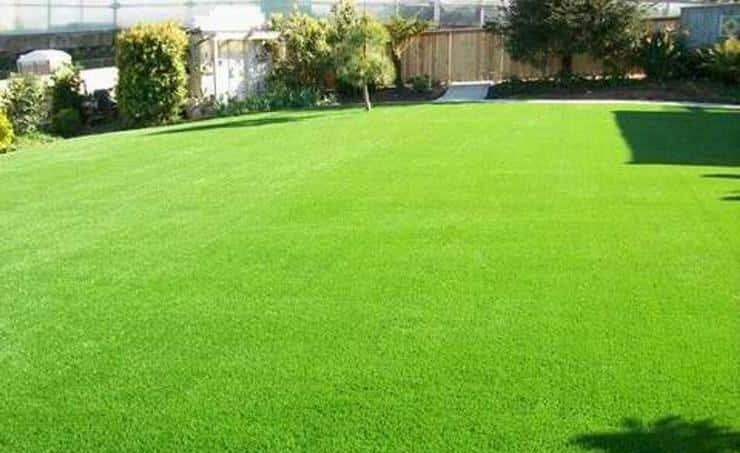
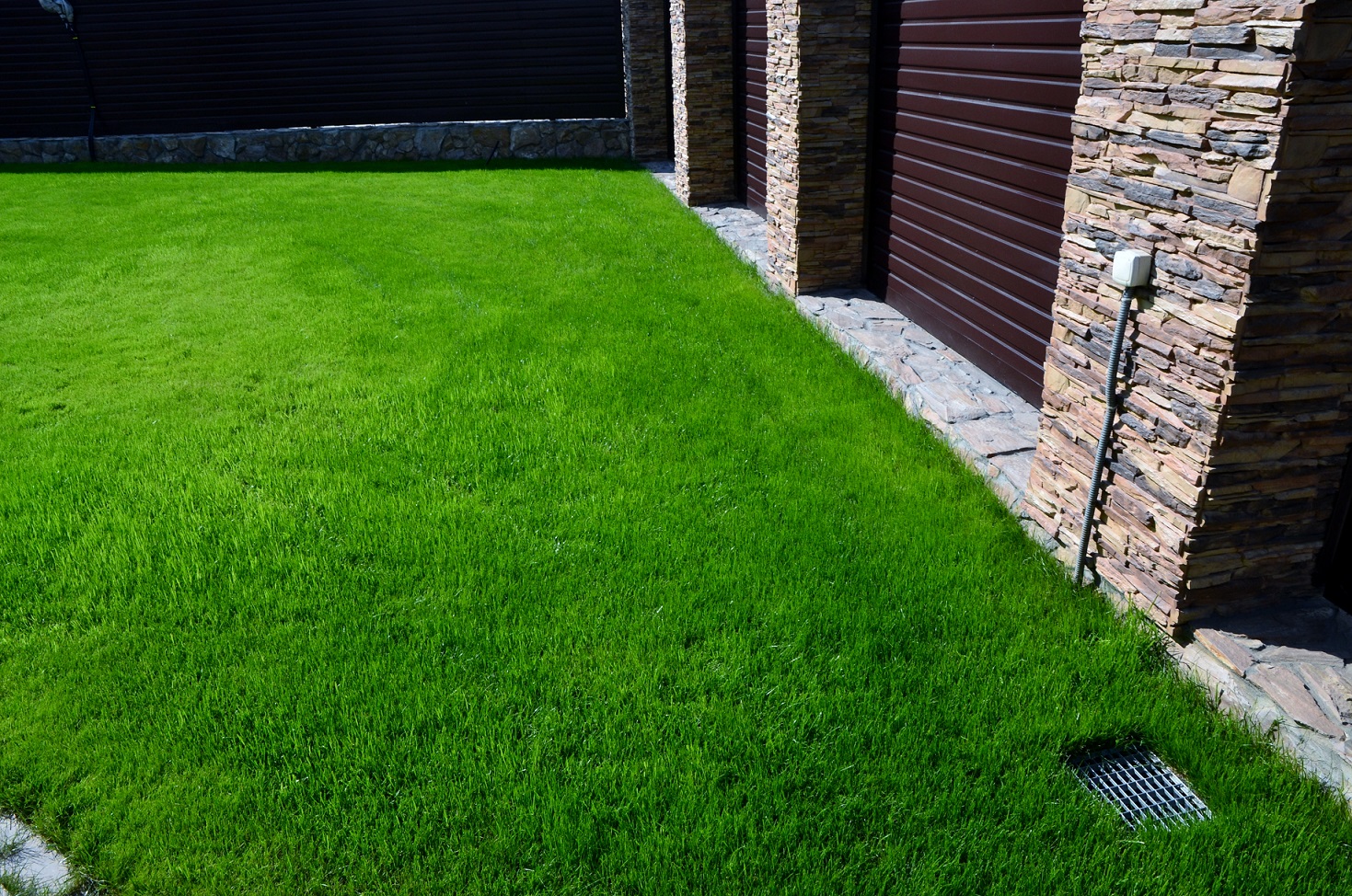
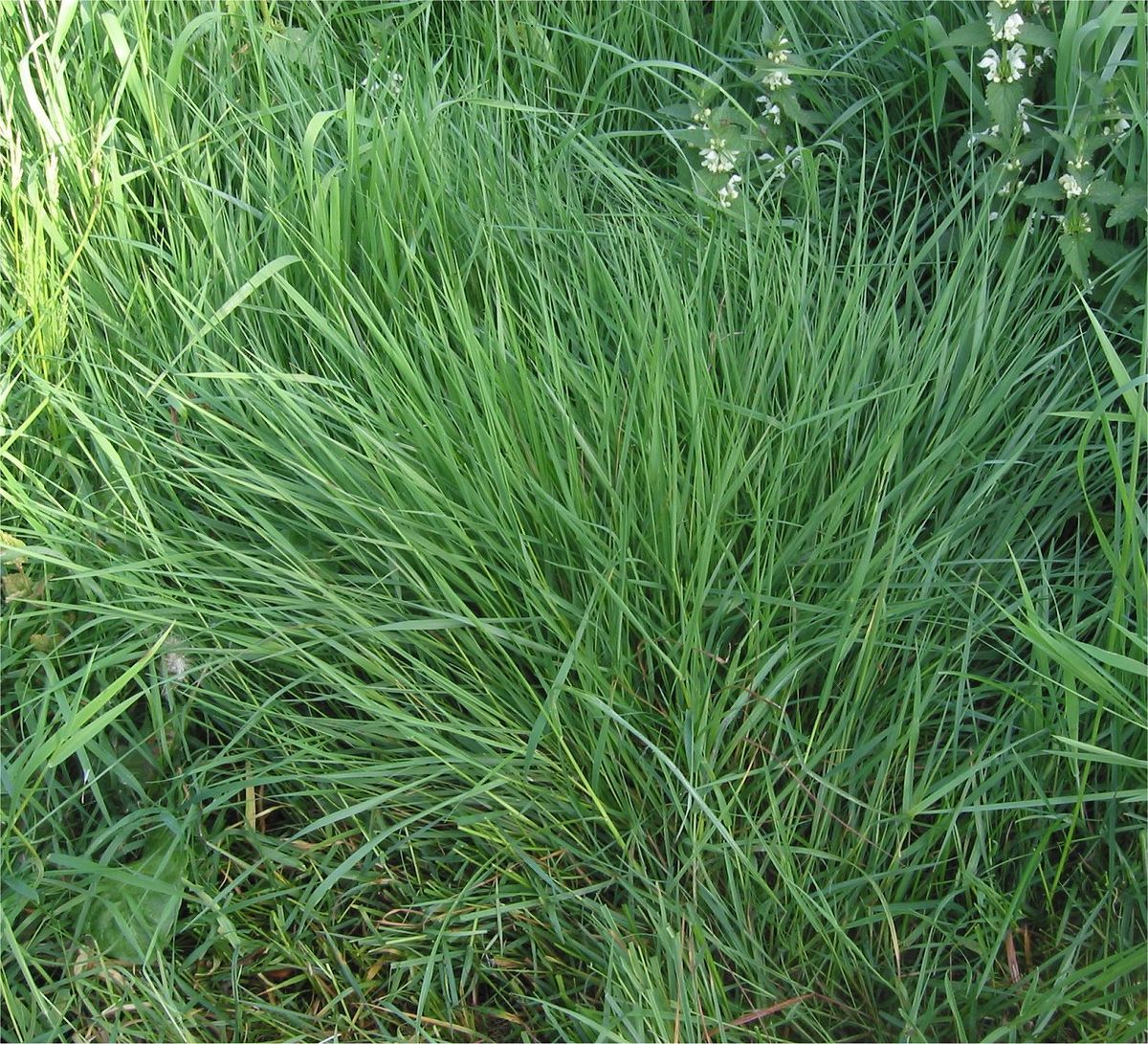
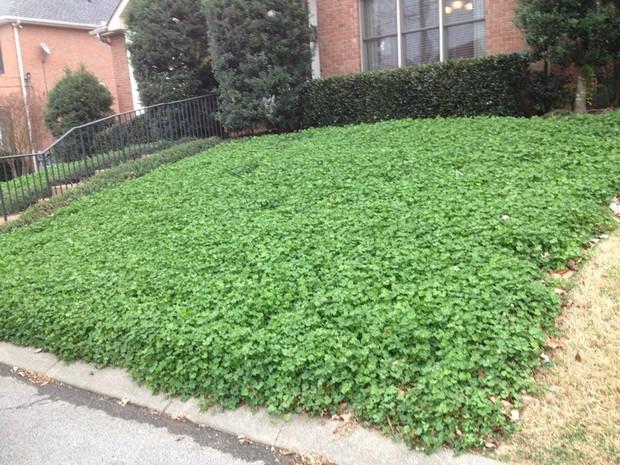
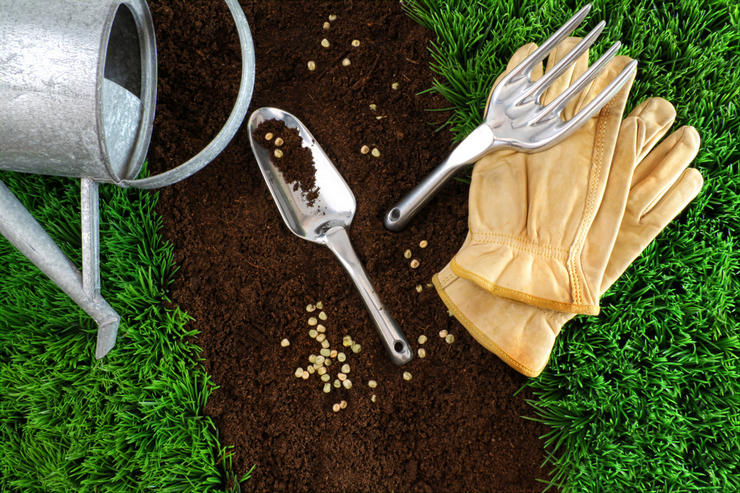
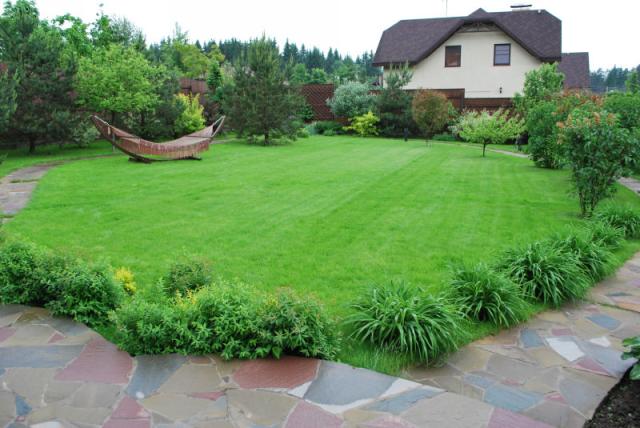
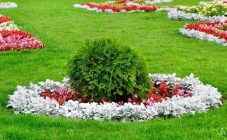
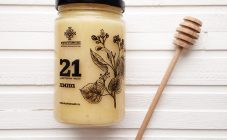

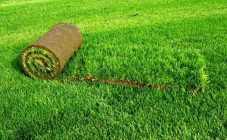
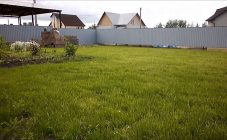
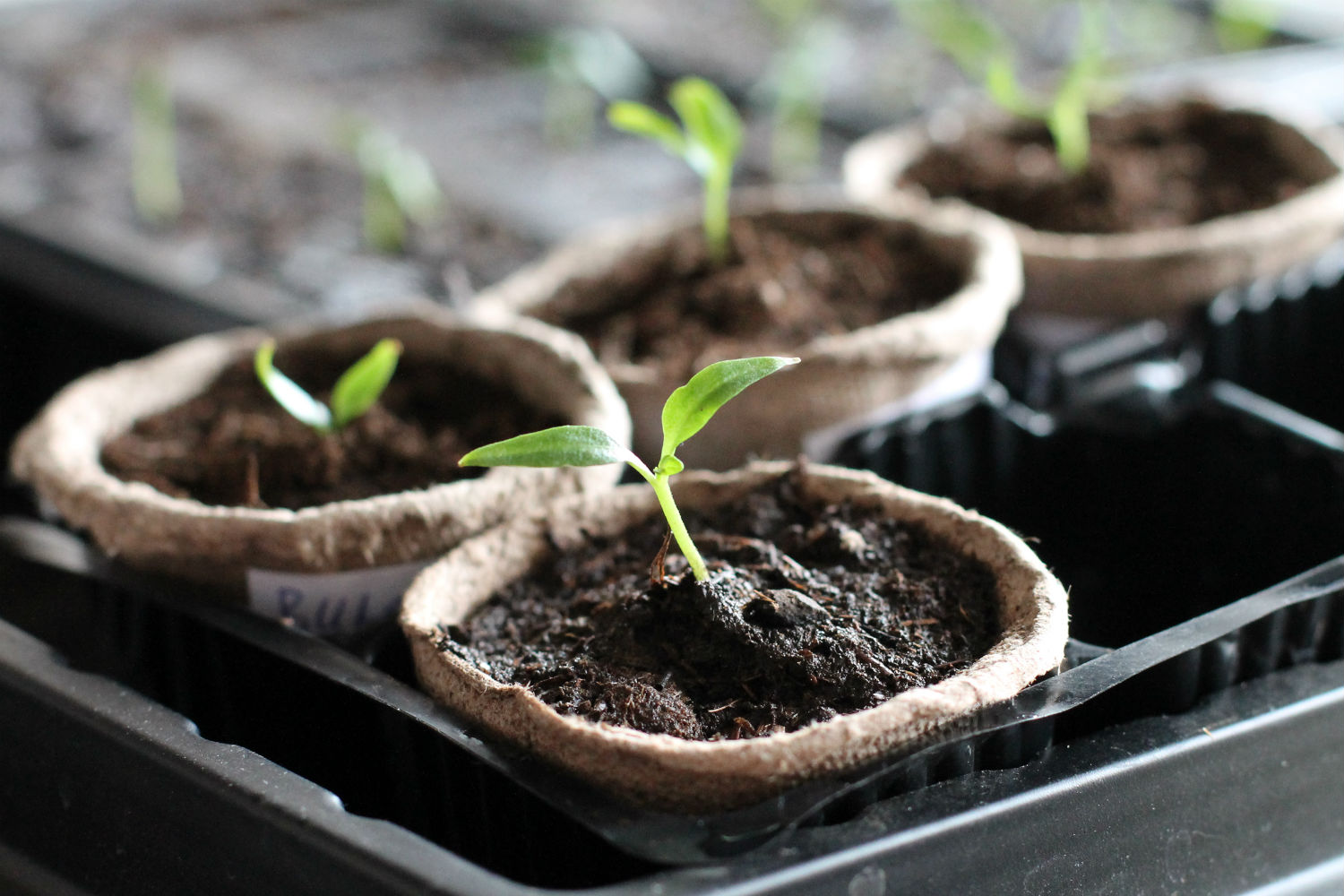







Ikala is a shop where you can buy seeds for your lawn, but I got this tutorial.